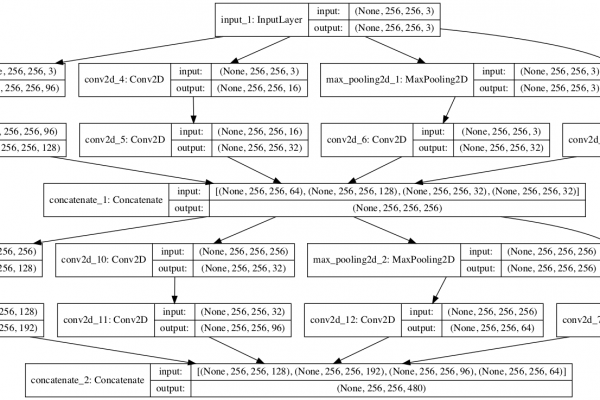How to Develop VGG, Inception and ResNet Modules from Scratch in Keras

Last Updated on July 5, 2019
There are discrete architectural elements from milestone models that you can use in the design of your own convolutional neural networks.
Specifically, models that have achieved state-of-the-art results for tasks like image classification use discrete architecture elements repeated multiple times, such as the VGG block in the VGG models, the inception module in the GoogLeNet, and the residual module in the ResNet.
Once you able to implement parameterized versions of these architecture elements, you can use them in the design of your own models for computer vision and other applications.
In this tutorial, you will discover how to implement the key architecture elements from milestone convolutional neural network models, from scratch.
After completing this tutorial, you will know:
- How to implement a VGG module used in the VGG-16 and VGG-19 convolutional neural network models.
- How to implement the naive and optimized inception module used in the GoogLeNet model.
- How to implement the identity residual module used in the ResNet model.
Kick-start your project with my new book Deep Learning for Computer Vision, including step-by-step tutorials and the Python source code files for all examples.
Let’s get started.